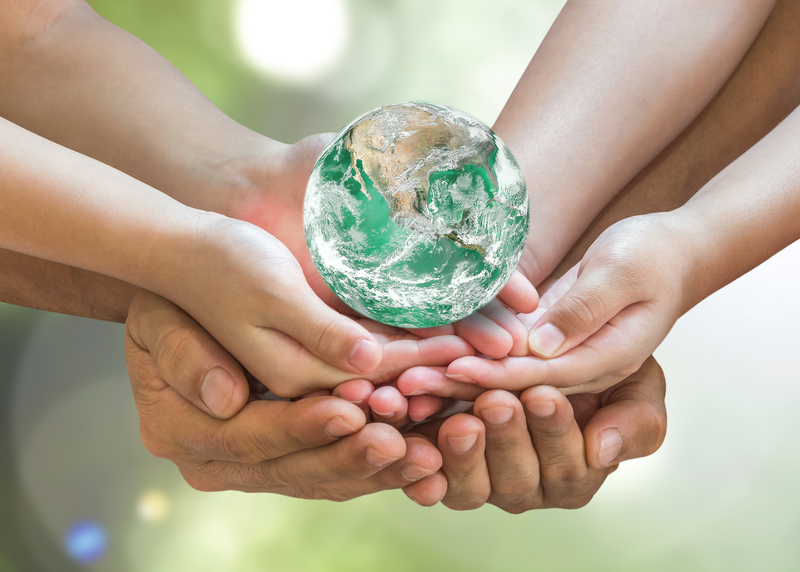Best Practices for Soft Plastic Disposal
Posted on 18/12/2024
Soft plastics are an integral part of our daily lives. From shopping bags and packaging materials to food wrappers and beverage containers, these materials are ubiquitous. However, their ubiquitous presence poses a significant challenge when it comes to disposal. Improper disposal of soft plastics can lead to environmental degradation, pollution, and harm to wildlife. In this article, we will delve into the best practices for soft plastic disposal, providing you with actionable tips and insights to ensure you dispose of these materials responsibly.
Understanding Soft Plastics
Before diving into disposal methods, it's crucial to understand what constitutes soft plastics. These are flexible, often thin, and easily crumpled plastics such as:
- Shopping bags
- Food packaging
- Bubble wrap
- Bread bags
- Cling film
Unlike hard plastics, which are often rigid and used in durable goods, soft plastics are more challenging to recycle due to their composition and the presence of contaminants like food residues.

Best Practices for Soft Plastic Disposal
1. Reduce and Reuse
The first and foremost strategy is to reduce the use of soft plastics. Opt for reusable bags, containers, and wraps. Reusing these items not only cuts down on the waste produced but also reduces the demand for new plastic production. Consider alternatives such as cloth bags, beeswax wraps, and glass containers.
2. Proper Segregation
Proper segregation is key to effective recycling. Keep soft plastics separate from other types of waste. Many recycling programs do not accept soft plastics when mixed with other recyclables. Use designated bins or bags to collect soft plastics and ensure they are clean and free of food residues.
3. Participate in Local Recycling Programs
Check with your local recycling center to see if they accept soft plastics. Some regions have specialized programs that cater specifically to soft plastic recycling. Organizations like REDcycle in Australia provide collection bins at supermarkets for soft plastics. Participating in these initiatives ensures that your soft plastics are recycled properly.
4. Use Drop-off Locations
Many supermarkets and retail stores have drop-off locations for soft plastic recycling. These facilities are equipped to handle soft plastics and ensure they are processed correctly. Make it a habit to bring your soft plastics to these drop-off points regularly.
5. Eco-bricking
Eco-bricks are an innovative way to reuse soft plastics. By filling plastic bottles with non-biodegradable waste, you can create building materials for various projects. This method not only reduces waste but also promotes community involvement and environmental awareness.
Tips for Effective Soft Plastic Disposal
- Clean and dry: Ensure soft plastics are clean and dry before recycling.
- Remove labels: Remove labels and tape from soft plastics to improve recycling efficiency.
- Collapse and squish: Flatten and compress soft plastics to save space.
- Stay informed: Stay updated on local recycling guidelines and changes in policies.
Pros and Cons of Soft Plastic Disposal Methods
Pros:
- Reduces landfill waste
- Decreases environmental pollution
- Promotes sustainable living
- Encourages community engagement
Cons:
- Requires effort and discipline
- Limited recycling facilities in some regions
- Potential for contamination if not properly cleaned

Takeaways
1. Soft plastics are challenging yet essential to dispose of responsibly.
2. Reducing and reusing are the best practices.
3. Proper segregation and use of local recycling programs are crucial.
4. Explore innovative methods like eco-bricking.
5. Stay informed and actively participate in recycling initiatives.
Conclusion
Effective soft plastic disposal is a shared responsibility that requires concerted efforts from individuals, communities, and organizations. By adopting the best practices outlined in this article, you can contribute to a cleaner, healthier environment. Embrace the principles of reducing, reusing, and recycling, and encourage others to do the same. Together, we can make a significant impact on reducing soft plastic waste and preserving our planet for future generations.






